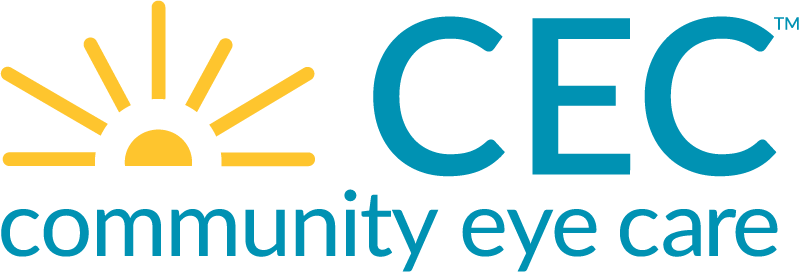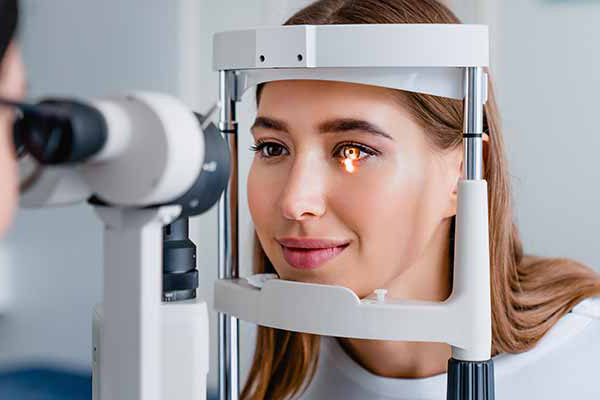Everything You Required to Learn About the most up to date Technologies in Glaucoma Treatment and Eyecare
In the realm of ocular health, improvements in the therapy and monitoring of glaucoma have actually been steadily developing, paving the way for enhanced client care and outcomes. From sophisticated analysis devices that provide unmatched insights into the disease progression to innovative surgical methods that assure better accuracy and quicker healing times, the landscape of glaucoma treatment is undergoing a significant transformation.
Advanced Diagnostic Technologies
Advanced diagnostic technologies play an essential function in the early detection and monitoring of glaucoma, permitting extra reliable therapy and management of the condition. Amongst these innovations, optical comprehensibility tomography (OCT) attracts attention as a non-invasive imaging method that supplies comprehensive cross-sectional photos of the retina, optic nerve head, and retinal nerve fiber layer. This high-resolution imaging aids medical professionals evaluate structural adjustments in the eye brought on by glaucoma, allowing them to step in promptly.
In addition, visual field screening, such as automated perimetry, is one more essential analysis tool for evaluating glaucoma-related vision loss - refractive surgeries in al. This test gauges the level of sensitivity of a patient's aesthetic field, aiding to discover any locations of vision loss or distortion. By combining OCT imaging with visual area testing, doctor can get a detailed understanding of the condition's progression and dressmaker therapy plans accordingly
Minimally Intrusive Surgery
In the realm of glaucoma administration, the focus moves in the direction of minimally intrusive operations as an aggressive technique to address the progression of the problem following sophisticated analysis analyses such as optical coherence tomography (OCT) and aesthetic area testing. Minimally invasive glaucoma surgical procedures (MIGS) have acquired appeal due to their efficiency in minimizing intraocular pressure while reducing the threats and recovery times connected with standard glaucoma surgical procedures. These procedures are usually executed through tiny cuts, commonly combined with cataract surgery, making them much less invasive and much more comfy for individuals.
Some usual MIGS treatments consist of trabecular micro-bypass stents, which improve the outflow of aqueous humor, and micro-sized implants that improve drain in the eye. Furthermore, laser treatments such as careful laser trabeculoplasty (SLT) use a non-invasive option for decreasing intraocular pressure. By including these minimally invasive techniques into glaucoma management, ophthalmologists can provide clients with effective therapy options that focus on safety and security and fast recuperation, inevitably enhancing long-lasting results for individuals with glaucoma.
Novel Medicine Therapies
Emerging drug treatments existing encouraging methods for boosting the medicinal administration of glaucoma, using innovative techniques to address intraocular stress control and condition progression. One novel drug treatment that has actually garnered attention is Rho kinase preventions. These drugs work by targeting the Rho kinase pathway, which contributes in managing the tone of the trabecular meshwork, the eye's drain system. By inhibiting this path, Rho kinase preventions help to enhance Visit Website liquid humor outflow, thus reducing intraocular stress.

Telemedicine and Remote Monitoring
With the advancement of novel medicine therapies broadening the therapy landscape for glaucoma, the combination of telemedicine and remote surveillance emerges as an essential part in improving patient treatment and condition administration. Telemedicine permits eye care experts to from another location assess individuals, offer consultations, and display disease development without the demand for in-person gos to. This is specifically beneficial for glaucoma clients that call for frequent tracking to avoid vision loss. Remote monitoring innovations allow people to measure their intraocular pressure or visual field in your home, permitting prompt adjustments to treatment plans. By using telemedicine and remote surveillance, medical care service providers can improve accessibility to care, boost person conformity, and detect potential issues early, resulting in far better outcomes for individuals with glaucoma. Additionally, these technologies offer benefit for clients, particularly those in remote areas or with movement restrictions, by decreasing the requirement for constant facility visits. Embracing telemedicine and remote monitoring in glaucoma monitoring stands for a substantial innovation in maximizing individual care and treatment efficacy.
Personalized Treatment Strategies
Advancing past traditional one-size-fits-all techniques, personalized treatment approaches tailored to private client characteristics are reinventing the monitoring of glaucoma. By customizing therapy strategies based on elements such as age, illness extent, lifestyle, and other health and wellness problems, eye doctors can enhance and maximize end results client fulfillment.
Tailored therapy approaches in glaucoma include a detailed analysis of each person's distinct profile. This might consist of hereditary read what he said screening to recognize specific risk elements, imaging methods to examine architectural modifications in the eye, and useful tests to evaluate visual field loss. By integrating these personalized insights, healthcare companies can establish targeted interventions that deal with the underlying reasons for glaucoma progression for each and every person.
Moreover, advancements in modern technology have actually made it possible for the growth of individualized treatment options such as minimally invasive glaucoma surgeries (MIGS) customized to the person's certain demands - hearing service near me. These procedures supply reliable intraocular stress control with fewer complications, boosting the general high quality of get redirected here care for glaucoma people. Accepting customized treatment approaches marks a substantial paradigm change in glaucoma monitoring, highlighting accuracy medication to deliver customized solutions for far better client outcomes
Conclusion
In conclusion, the most recent advancements in glaucoma treatment and eyecare include advanced analysis technologies, minimally intrusive procedures, novel medicine therapies, telemedicine and remote tracking, and customized therapy methods. These innovations are transforming the means we treat and identify glaucoma, offering more customized and effective alternatives for clients. By remaining up-to-date with these advancements, healthcare experts can give better treatment and enhance outcomes for people with glaucoma.

With the advancement of novel medication treatments expanding the therapy landscape for glaucoma, the assimilation of telemedicine and remote monitoring arises as a pivotal element in boosting patient care and illness management. cataract care service. Embracing telemedicine and remote tracking in glaucoma monitoring represents a considerable improvement in maximizing patient care and treatment efficiency
In verdict, the latest developments in glaucoma therapy and eyecare consist of advanced diagnostic innovations, minimally intrusive medical treatments, unique medicine therapies, telemedicine and remote monitoring, and customized treatment techniques.